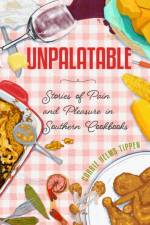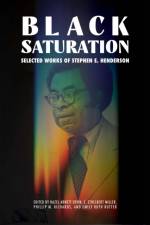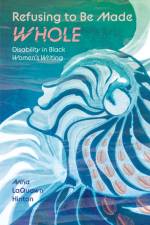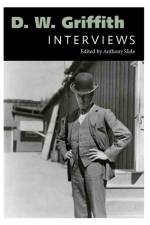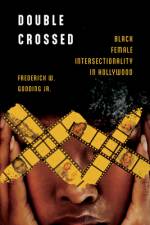av John Minton
1 445,-
Between 1937 and 1940 fieldworkers in the Works Progress Administration's Federal Writers' Project interviewed around 3,500 formerly enslaved people in North America, resulting in roughly 20,000 pages of still unedited and inadequately indexed typescript. These accounts--the WPA ex-slave narratives--are the most substantial collection by far of folklore and oral history gathered directly from enslaved people in America. It is arguably the single greatest body of African American folklore extant, and a significant portion is devoted to folk music and song. This book considers this treasure trove in all its relevant social, cultural, and historical contexts. Nineteenth-century Black folk music developed against the backdrop of North American slavery, the American Civil War, Emancipation, the Federal occupation of the South, and a successful white supremacist paramilitary and political insurgency that led to Federal withdrawal, officially sanctioned racial terror, and Southern apartheid. The WPA ex-slave narratives describe that history in remarkable detail. Despite their inestimable value, most of the ex-slave narratives remained unpublished until the late 1970s, being almost unknown except to folklorists. Even after publication, the collection's sheer size was a barrier. Quoting extensively from the narratives and exhaustively annotated and indexed, this volume provides readers with detailed explanations and full references for every musical item or tradition featured in the ex-slave narratives. John Minton covers instrumental music and social dancing, spirituals and hymns, singing games and lullabies, ring plays and reels, worksongs, minstrel songs, ballads, war songs, slavery laments, and much, much more. Written for both specialists and general readers, with 134 illustrations, the book also offers a general overview of the ex-slave narratives, their contents, creation, and relation to the field of African American folklore as a whole.







